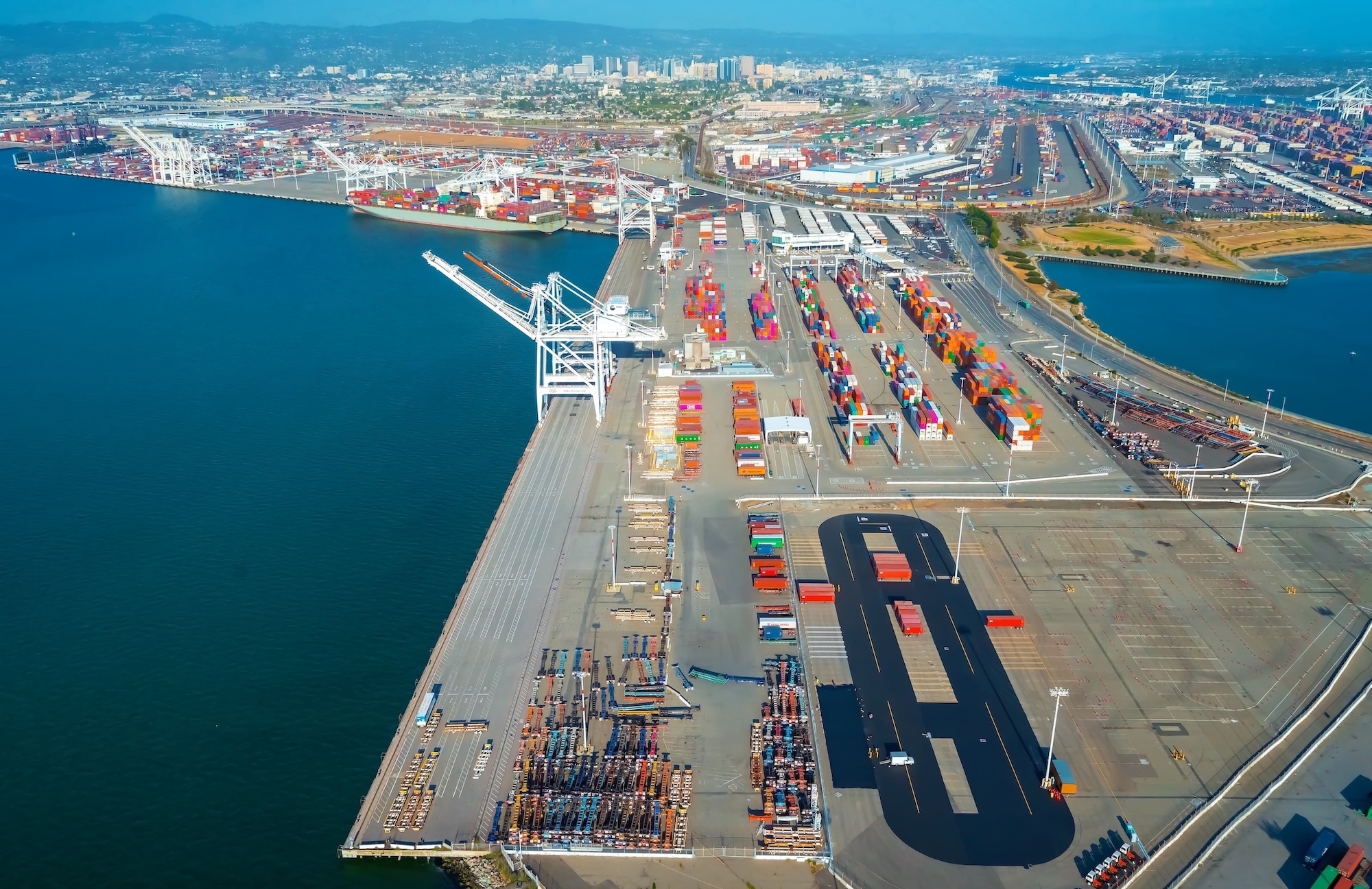Private 5G in ports: A strategic asset for federal security and operational efficiency

America’s seaports are not just gateways for global trade, they are strategic national assets critical to economic strength and homeland security. Yet the complexity and scale of these facilities make them increasingly susceptible to disruption. From cargo logistics to perimeter surveillance, even minor connectivity lapses can lead to operational delays, financial loss, or security vulnerabilities.
To address these challenges, U.S. ports—and the federal agencies that partner with and oversee them—are rapidly adopting private 5G networks as a foundational technology for real-time visibility, automation, and mission resilience.
Enabling mission outcomes at the nation’s ports
Federal maritime stakeholders—including U.S. Customs and Border Protection (CBP), the U.S. Coast Guard (USCG), and the Department of Homeland Security (DHS)—are aligning with port authorities to deploy private 5G in support of national objectives. These include:
- Enhanced situational awareness
- Faster interdiction and response
- Secure and resilient infrastructure
- Greater automation to offset workforce shortages
Key Use Cases Driving Private 5G Adoption
Private 5G transforms port operations across three mission-critical dimensions:
- Automation at scale: Ship to shore cranes, straddle carriers, and Rubber-Tired Gantry (RTGs), and Automated Guided Vehicle systems (AGVs) require millisecond-level latency to operate safely.
- Real-time situational awareness: AI-enhanced drones and cameras power facial recognition, object detection, and threat response.
- Below-the-surface intelligence: Subsurface sensors and underwater drones relay live data, helping safeguard critical infrastructure.
Spectrum: The foundation of private 5G
The Citizens Broadband Radio Service (CBRS, 3.5 GHz) is currently the most widely used band for private 5G in the U.S., offering agility and affordability. However, its shared nature with the Department of Defense poses challenges for mission-critical reliability.
“CBRS is the current default. We use it almost everywhere unless the environment pushes us to something else,” noted Niren Choudhury, Business Development - Aviation, Ports and Transportation at Nokia.
As policy evolves, the FCC is working to unlock more secure and reliable options, including the Lower 37 GHz band. This could bring much-needed spectrum certainty to federal and dual-use operations at ports, supporting high-bandwidth use cases like autonomous systems and secure communications for military logistics.
AI + 5G = Smart port infrastructure
Private 5G doesn’t just enable AI—it unleashes its full potential. From automated access control to predictive maintenance and cargo screening, AI depends on a secure, low-latency network to deliver actionable insight at the edge.
“Facial recognition is not only used for access control but also for tracking personnel, monitoring safety, and securing restricted zones—in real time,” said Niren.
Deployment realities: Federal coordination is key
While the technical deployment of private 5G can be completed in days, infrastructure readiness—fiber, power, permitting, and tower access—often determines the actual pace.
The advantage? Many ports already have the vertical assets (like tall cranes) and utilities (power, fiber) needed for rapid deployment. However, public port operators must work across multiple regulatory layers. Federal support through grants, streamlined permission, and policy alignment can accelerate timelines and reduce cost barriers.
A Centralized approach to private 5G
Historically, ports have relied on fragmented networks—separate systems for operational functions like surveillance and crane control, and different networks for administrative communications. This siloed approach increases complexity and security risks.
A centralized private 5G architecture, enabled by technologies like network slicing, allows federal and port stakeholders to:
- Segregate mission traffic by priority
- Ensure secure data flow and access controls
- Maintain unified visibility and governance
Private 5G: A strategic asset for federal maritime missions
Private 5G is not merely an upgrade in connectivity—it is a strategic communications infrastructure. It enables federal agencies and port operators to:
- Strengthen homeland security and defense readiness
- Ensure operational continuity in the face of disruption
- Gain real-time insights for faster, data-driven decisions
- Retain full control over sensitive and mission-critical systems
As U.S. ports evolve to meet the demands of the digital era, private 5G provides the secure, scalable, and resilient platform needed to uphold national interests. With deep domain expertise and a commitment to public-private innovation, Nokia’s private 5G solutions are empowering federal missions at the maritime edge—today and into the future.



